School. What a wonderful place, right? Full of learning, fun, friends, and…
Notes.
Lectures.
Tests.
Homework.
Sleeping during a lecture while taking notes.
More homework.
Studying for tests.
And…
All of the above.
Again.
And again.
On a daily basis.
Insert long, drawn out I’m-dead-inside” groan here.
We all have things we’d much rather be doing with our time. But the sad fact of life is that this is our life, so we’re going to need a tool to help us get the job done right. The first time.
The one tool we can use to take those notes and tests, to find that “x”, and to write those short answer responses to perfection.
But then there are options. You’ve got pens in all colors, shapes, and sizes, pencils to match those numbers, markers ranging from scented to Sharpie©, heck, we even write and color using wax. So how do you go about choosing the perfect utensil of which to do your schoolwork with?
You continue reading this article, of course! Because there can only be one king atop the writing utensil heap. And as you may have already guessed from the title, that utensil is the pencil.
101 Ways to Use a Pencil (and a pen… I guess)
As has already been established, pencils are one of the most universal writing utensils of all time. They are not only used as an erasable writing and drawing utensil, they can be used as
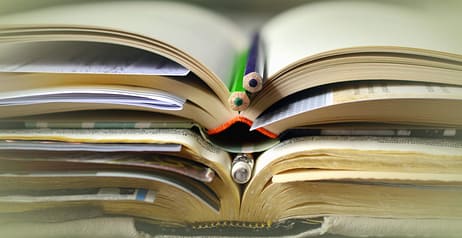
Image by congerdesign
hair/fashion accessories,
bookmarks,
doorstops,
fire starters, (if they’re a traditional wood pencil)
weapons,
Electrical….wire? (the graphite in pencil lead does conduct electricity),
and the list continues. Pencils can be used for just about anything short of air. Or food, unless you’re a beaver. Then wooden pencils are delicious.
However, there is one tool in the utensil arsenal of the standard person.
The pen.
The only true challenger to the crown of the pencil, and a worthy opponent at that.
The pen comes in almost as many varieties as the pencil does, and has just as many uses. Some of those uses are shared in common with the pencil, such as fashion accessory, doorstops, bookmarks, and weapons. Although both pen and pencil have a lot more in common than we’d like to admit, the differences they have can make or break the utensil for most people.
But when given the choice between pencils, pens, markers, and crayons, why is it that 92.8% of students choose these two utensils? I believe this reason stems from forms of attachment, which can be explained best via a little psychology.
Your Writing Utensil is NOT Your Child (but here’s why you might think so)
Many of the psychological reasons for loving both pen’s and pencil’s are almost exactly the same. We develop attachment’s with objects as a way to build up our identity to the outside world, which starts at a very young age.
We develop attachments to objects at a very young age as a way to lessen the challenges and stress of growing up and separating from the parent, and these objects are known as transitional objects. These objects often remind the child of their mother, whom is one of the first people they develop and attachment to, which is huge while the mother is away and they might otherwise panic. It is not completely uncommon for teens to use these objects well after most have stopped, as they are not worried that their mother has fallen off the face of the earth, as about 22.6% of teens do. Full disclosure, I am one of those teens, as I recently repaired a fraying edge of my blanket.
While childhood comfort objects are the most obvious example of people’s attachment to objects, others can be found in people’s attachment to family heirlooms, or objects given to them by significant others.
When you think of the reasons why people would develop attachments to these objects, the reasons above are often the ones people think of, another way to people can become attached to objects is just how useful they are to them.[perfectpullquote align=”right” cite=”” link=”” color=”” class=”” size=””]…another way to people can become attached to objects is just how useful they are to them.[/perfectpullquote]
The more useful the object, the more important it becomes to a person, and the more they will be willing to search for at least a few minutes before giving it up and finding a new one.
Like a writing utensil.
For example, Jen Doll, former staff writer for The Wire and admen pen user, explains, “Often when I go to use one [pen], I find the ink is gone, and I must sadly throw it away, saying goodbye to it like it were an old friend I’d ignored for years.” Here we have an example of both attachment to a writing utensil and the pencil’s first true edge over the pen. Unlike pens, with a mechanical pencil, you do not have to throw it just because it ran out of ink, instead you can refill the lead and not have to say goodbye to your beloved pencil, although if given the choice, 63.1% of students would get a new pencil due to convenience. The nice thing about the pencil is you get the option.
101 Ways to Use a Pencil (and a pen) Like You’re Supposed To
Options. The ways you can use both utensils as they are intended to be used. While they vary greatly with both utencils, the pencil tends to hold the edge over the pen.
With pens you can:
Doodle
Write
Fill out forms
Sign forms
Correct things
Edit things
Take notes.
But with pencils you can:
Write
Draw
Draw with shading
Doodle
Write
Erase what you write/draw
Correct things
Edit things
Re-edit things
Take notes.
So maybe not that greatly, but still. One of the only things a pen can do that a pencil can’t is legally fill out and sign forms, documents, and checks. At least when it comes to actually using these utensils for their intended purpose. If you want to see a list of non-intended purpose, just scroll up a little bit.
[perfectpullquote align=”left” cite=”” link=”” color=”” class=”” size=””]However, for some students, myself included, it’s nice to be able to permanently get rid of the information we don’t need in favor for the things we do.[/perfectpullquote]Back to intended purposes, experts agree that taking notes by hand is one of the most efficient ways to learn, as we have to filter the information before choosing what to put on the page. Well many students use pencils, Elizabeth Moore, teacher, national literacy consultant for the Teachers College Reading and Writing Project, and adamant pen user argues against the use of pencils in the learning environment. “In general, the less experienced the writer, the longer it takes them to erase, even something small.” She continues by saying, “Not only that, but once those letters and words are erased, you’ll never know what changes the child made.” From a teaching standpoint, having a student losing valuable knowledge during a lecture or not being able to their thought process can be frustrating. However, for some students, myself included, it’s nice to be able to permanently get rid of the information we don’t need in favor for the things we do. Plus, it helps to make our assignments actually somewhat readable without have to skip four lines every two sentences. Besides, if it becomes a big issue you can just “snip the erasers off and provide separate erasers at the times of the day when kids might need them” as Moore later goes on to say.
But notes aren’t the only things pencils and pens are used for. They’re also used a lot for drawings, where they can do something very few other utensils can.
Shade.
Here a few examples of pencil and pen drawings.
Pencils Pens
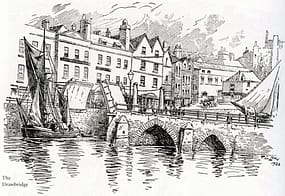
Image by Paul Townsend / CC BY-ND 2.0
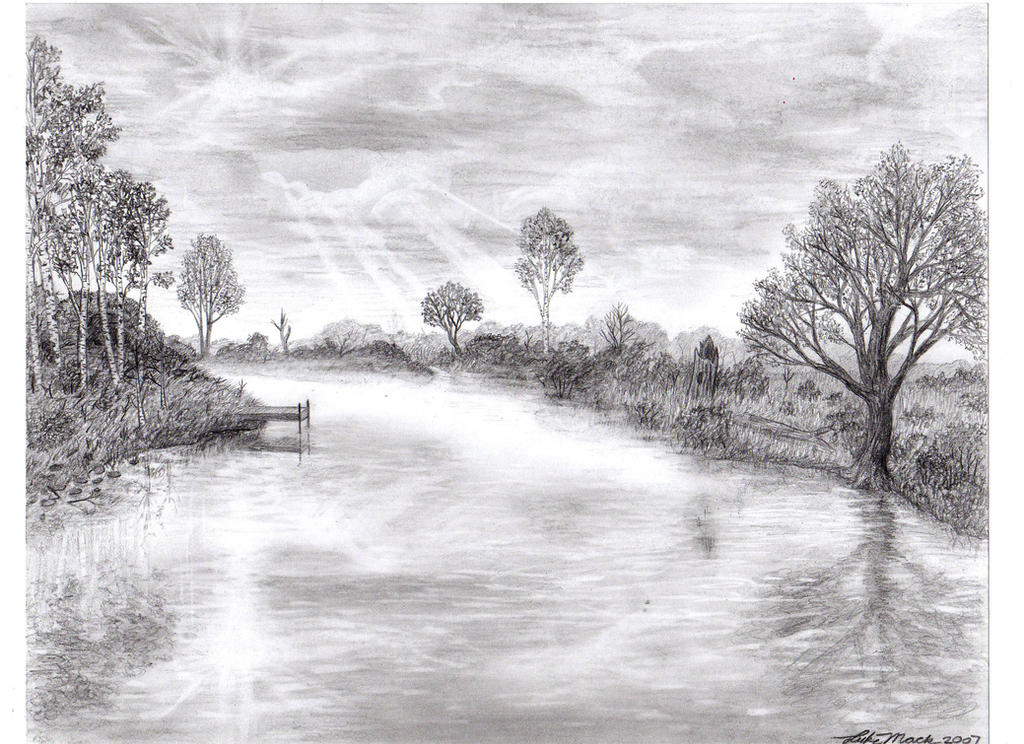
Image by lukemack /CC No Derivative Works 3.0 License
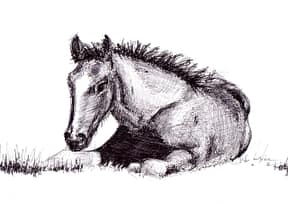
Image by Liziart
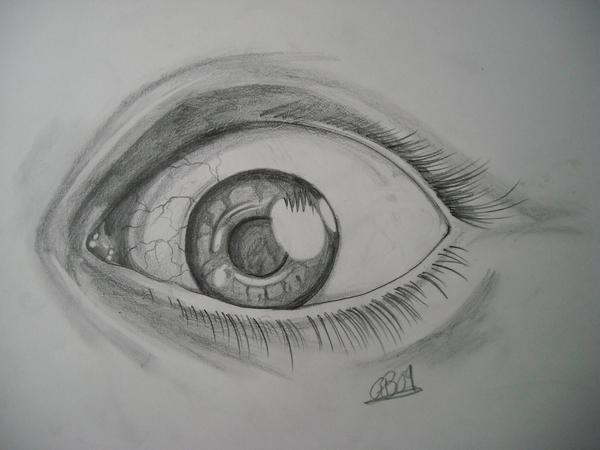
Image by AsatorArise / CC Attribution 3.0 License
Both sets drawings are very well done. They all look like professional grade drawings, however, the pencil drawings on the left are able to enjoy a more rea
listic appearance than the pen drawings on the right. This is due to the pencils ability to shade more smoothly than a pen, which is restricted to mostly line and dot shading.
Now, I could go on about how pencils seem so much more recognizable than pens. How the modern idea of a pencil is at least a hundred years older than that of the pen. Even how the two seem to be in a constant exchange of features, the pen receiving the bigger benefit, I think I’ve made my point pretty clearly.
It’s yours.
Both of the utensil greats have their place in the world, it just so happens one is consistently clothed in the gold on its crown.
But like I said, it isn’t my choice what you choose to write with. For my number one, I’ve chosen my #2, what about you?
Feature Image by Pexels



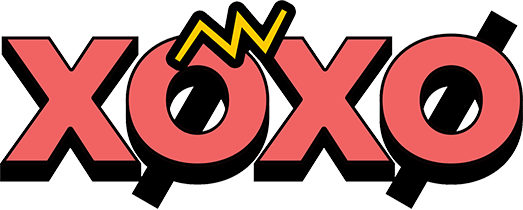
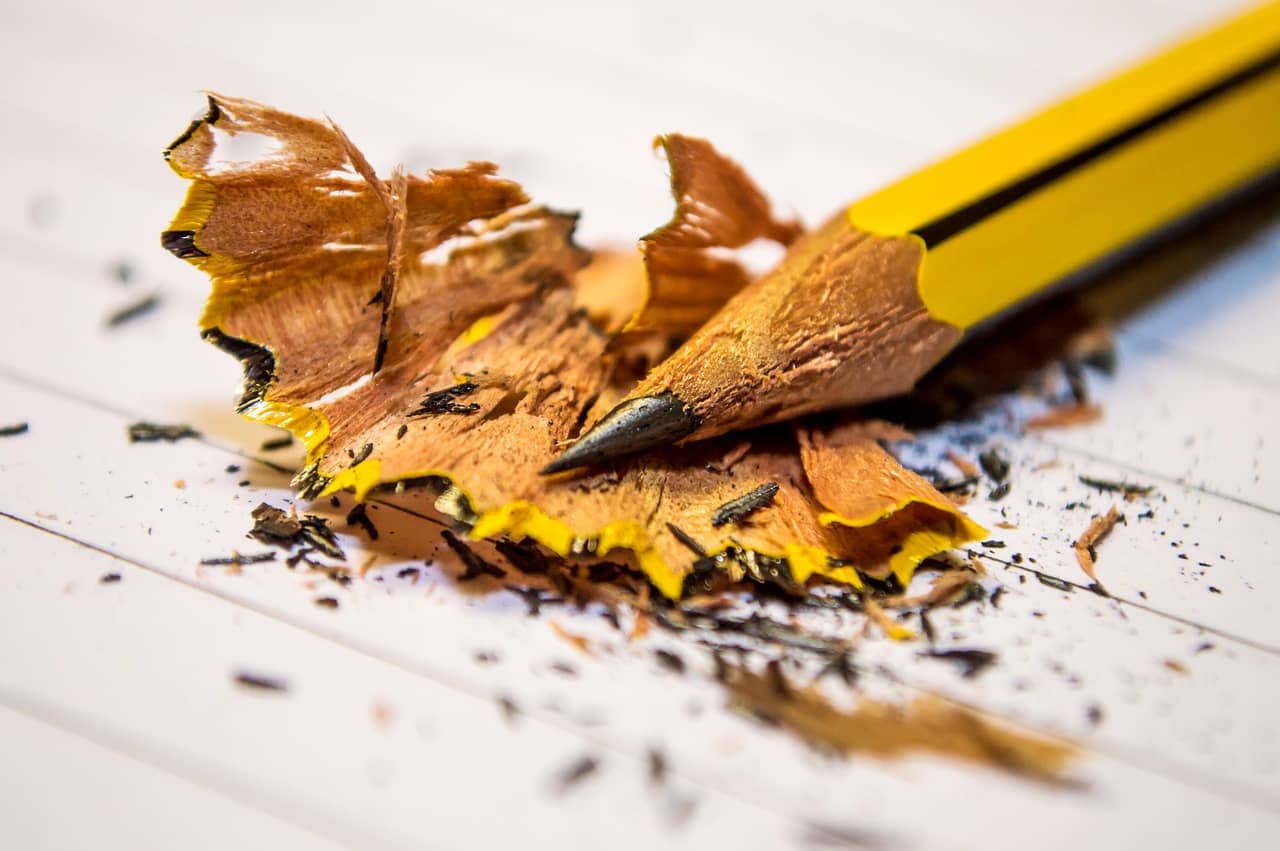
Pencils SUCK!!!
What a load of barnacles. Pens may not be the superior writing utensil in terms of versatility and utility, but they’re the superior tool in terms of luxury, feel, and prestige. Pens are the writing tool for the superior utensileer. I don’t need to erase. I don’t make mistakes. The infallible artisan need not use an infallible implement.